Pemetaan Bibliometrik Penelitian Global tentang Non-Fungible Token (NFT)
DOI:
https://doi.org/10.58812/jbmws.v4i02.2182Kata Kunci:
Non-Fungible Token (NFT), Bibliometrik, Blockchain, Smart Contract, Digital AssetAbstrak
Studi ini bertujuan untuk memetakan perkembangan dan tren riset global mengenai Non-Fungible Token (NFT) melalui pendekatan bibliometrik menggunakan data dari basis Scopus dan visualisasi VOSviewer. Hasil analisis menunjukkan bahwa riset NFT mengalami peningkatan signifikan sejak 2020, dengan dominasi tema seperti smart contract, digital assets, dan blockchain. India, Tiongkok, dan Inggris tercatat sebagai kontributor utama literatur NFT global. Analisis kata kunci mengungkap transisi tematik dari fokus seni digital menuju bidang teknologi informasi, keamanan siber, dan data kesehatan. Visualisasi temporal dan densitas mengindikasikan bahwa topik-topik baru seperti cybersecurity, interplanetary file system, dan electronic health record menjadi pusat perhatian terkini dalam literatur NFT. Studi ini memberikan kontribusi penting dalam memahami struktur, aktor, dan arah perkembangan penelitian NFT, serta menawarkan rekomendasi strategis bagi peneliti dan pengambil kebijakan untuk mengembangkan riset NFT yang inklusif dan berkelanjutan.
Referensi
[1] Q. Wang, R. Li, Q. Wang, and S. Chen, “Non-fungible token (NFT): Overview, evaluation, opportunities and challenges,” arXiv Prepr. arXiv2105.07447, 2021.
[2] H. Taherdoost, “Non-fungible tokens (NFT): A systematic review,” Information, vol. 14, no. 1, p. 26, 2022.
[3] D. Ghelani, “What is Non-fungible token (NFT)? A short discussion about NFT Terms used in NFT,” Authorea Prepr., 2022.
[4] A.-D. Popescu, “Non-fungible tokens (nft)–innovation beyond the craze,” in 5th International Conference on Innovation in Business, Economics and Marketing Research, 2021, pp. 26–30.
[5] U. Agarwal, K. Singh, and R. Verma, “An overview of non-fungible tokens (NFT),” Int. J. Adv. Res. Sci. Commun. Technol., vol. 1, no. 2, pp. 237–240, 2022.
[6] H. Bao and D. Roubaud, “Non-fungible token: A systematic review and research agenda,” J. Risk Financ. Manag., vol. 15, no. 5, p. 215, 2022.
[7] C.-H. Wu and C.-Y. Liu, “Educational applications of non-fungible token (NFT),” Sustainability, vol. 15, no. 1, p. 7, 2022.
[8] M. Mazur and E. Polyzos, “Non-fungible tokens (NFTs),” in The Elgar Companion to Decentralized Finance, Digital Assets, and Blockchain Technologies, Edward Elgar Publishing, 2024, pp. 280–297.
[9] N. Donthu, S. Kumar, D. Mukherjee, N. Pandey, and W. M. Lim, “How to conduct a bibliometric analysis: An overview and guidelines,” J. Bus. Res., vol. 133, pp. 285–296, 2021.
[10] M. Nadini, L. Alessandretti, F. Di Giacinto, M. Martino, L. M. Aiello, and A. Baronchelli, “Mapping the NFT revolution: market trends, trade networks, and visual features,” Sci. Rep., vol. 11, no. 1, p. 20902, 2021.
[11] M. Dowling, “Is non-fungible token pricing driven by cryptocurrencies?,” Financ. Res. Lett., vol. 44, p. 102097, 2022.
[12] M. Dowling, “Fertile LAND: Pricing non-fungible tokens,” Financ. Res. Lett., vol. 44, p. 102096, 2022.
[13] K. Yoo, R. Welden, K. Hewett, and M. Haenlein, “The merchants of meta: A research agenda to understand the future of retailing in the metaverse,” J. Retail., vol. 99, no. 2, pp. 173–192, 2023.
[14] K. B. Wilson, A. Karg, and H. Ghaderi, “Prospecting non-fungible tokens in the digital economy: Stakeholders and ecosystem, risk and opportunity,” Bus. Horiz., vol. 65, no. 5, pp. 657–670, 2022.
[15] A. Joy, Y. Zhu, C. Peña, and M. Brouard, “Digital future of luxury brands: Metaverse, digital fashion, and non‐fungible tokens,” Strateg. Chang., vol. 31, no. 3, pp. 337–343, 2022.
[16] D. Y. Aharon and E. Demir, “NFTs and asset class spillovers: Lessons from the period around the COVID-19 pandemic,” Financ. Res. Lett., vol. 47, p. 102515, 2022.
[17] H. Hamledari and M. Fischer, “Construction payment automation using blockchain-enabled smart contracts and robotic reality capture technologies,” Autom. Constr., vol. 132, p. 103926, 2021.
[18] S. B. Far and A. I. Rad, “Applying digital twins in metaverse: User interface, security and privacy challenges,” J. Metaverse, vol. 2, no. 1, pp. 8–15, 2022.
Unduhan
Dimensions
Diterbitkan
Terbitan
Bagian
Lisensi
Hak Cipta (c) 2025 Loso Judijanto

Artikel ini berlisensiCreative Commons Attribution-ShareAlike 4.0 International License.

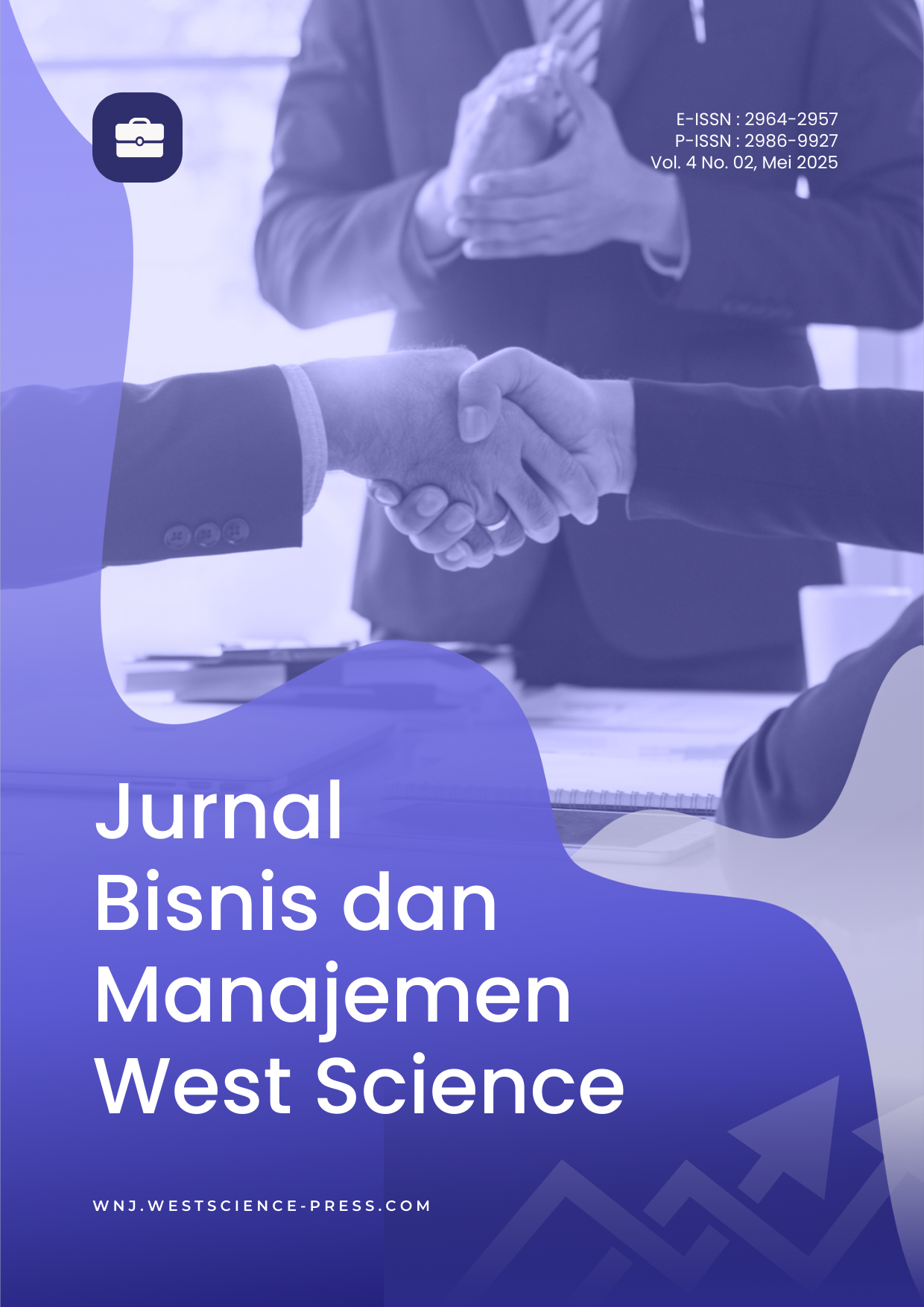




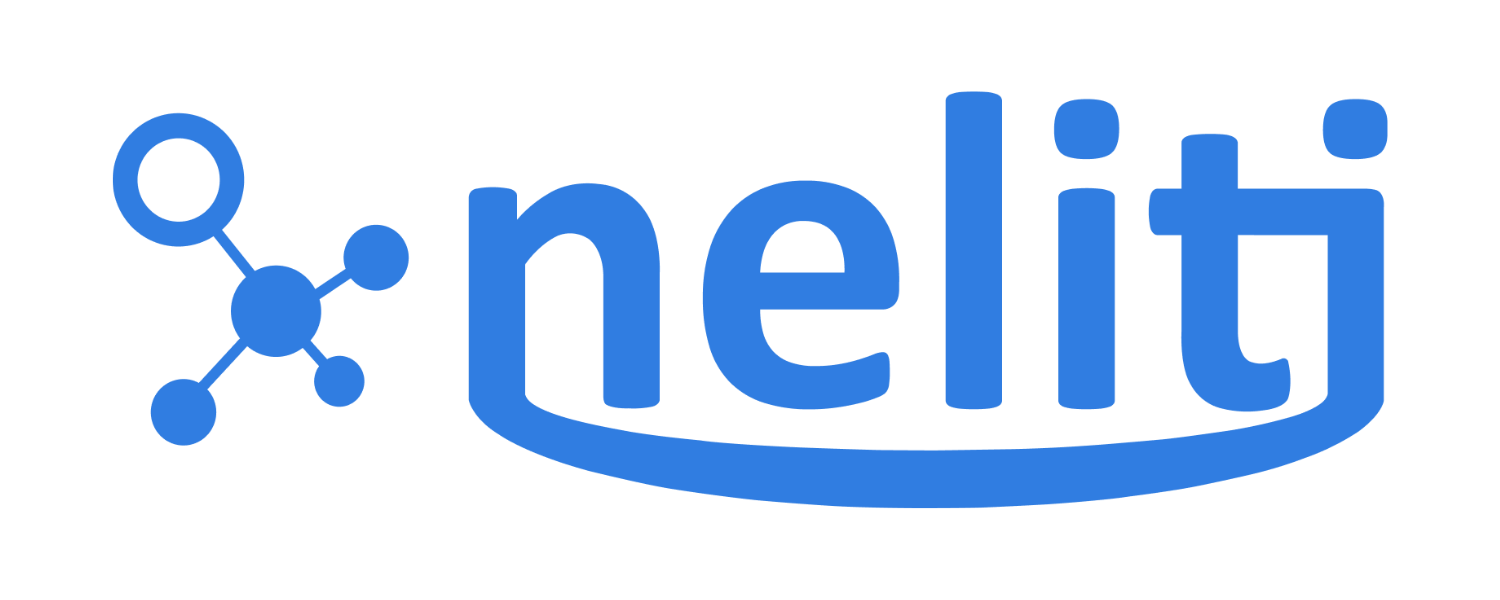
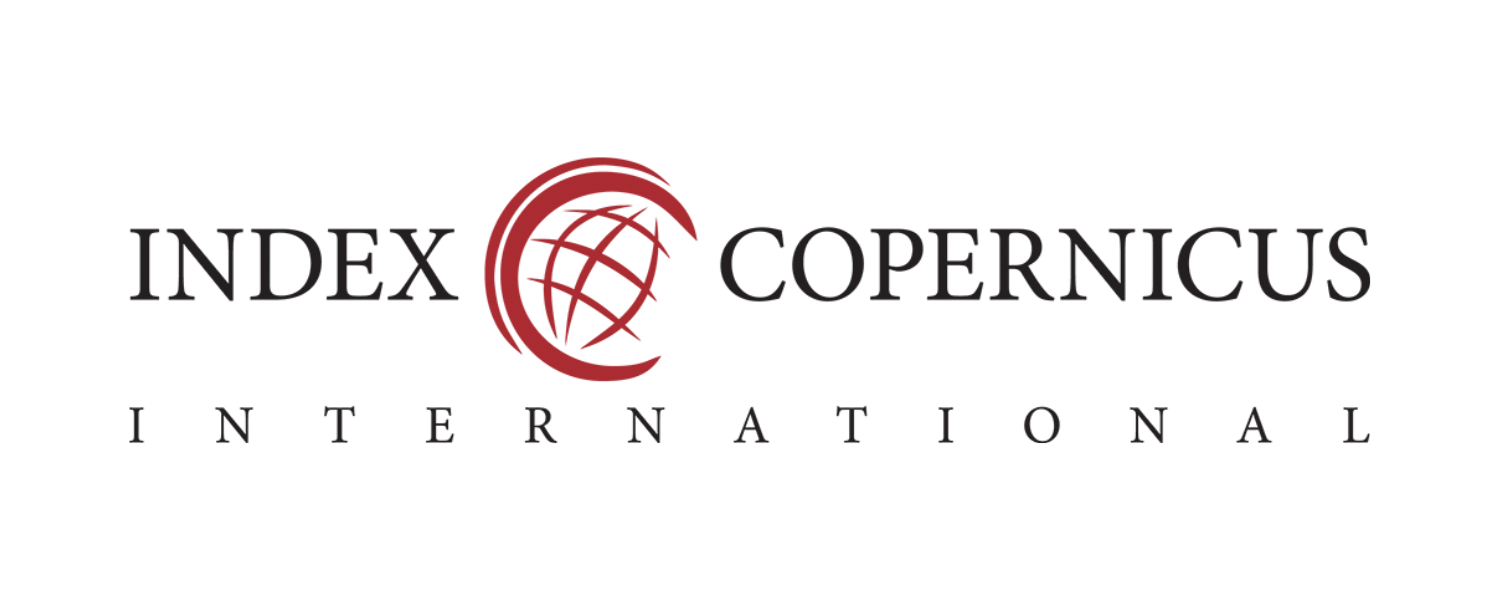
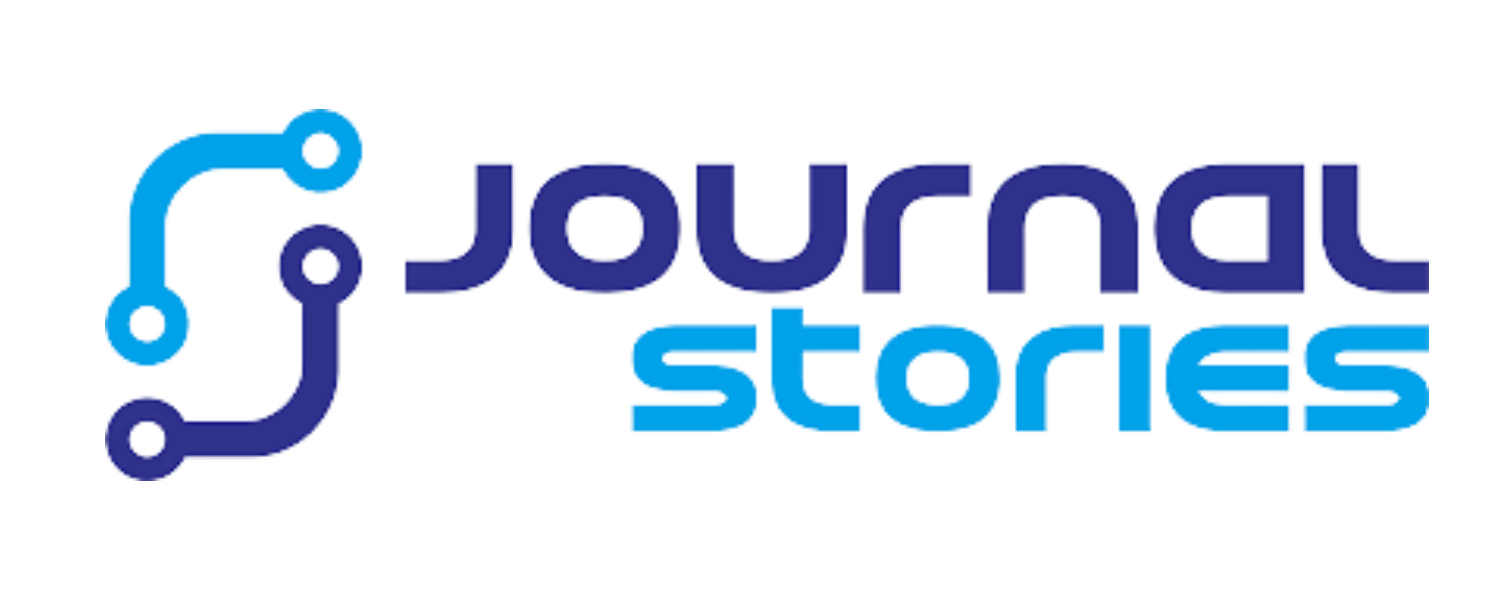


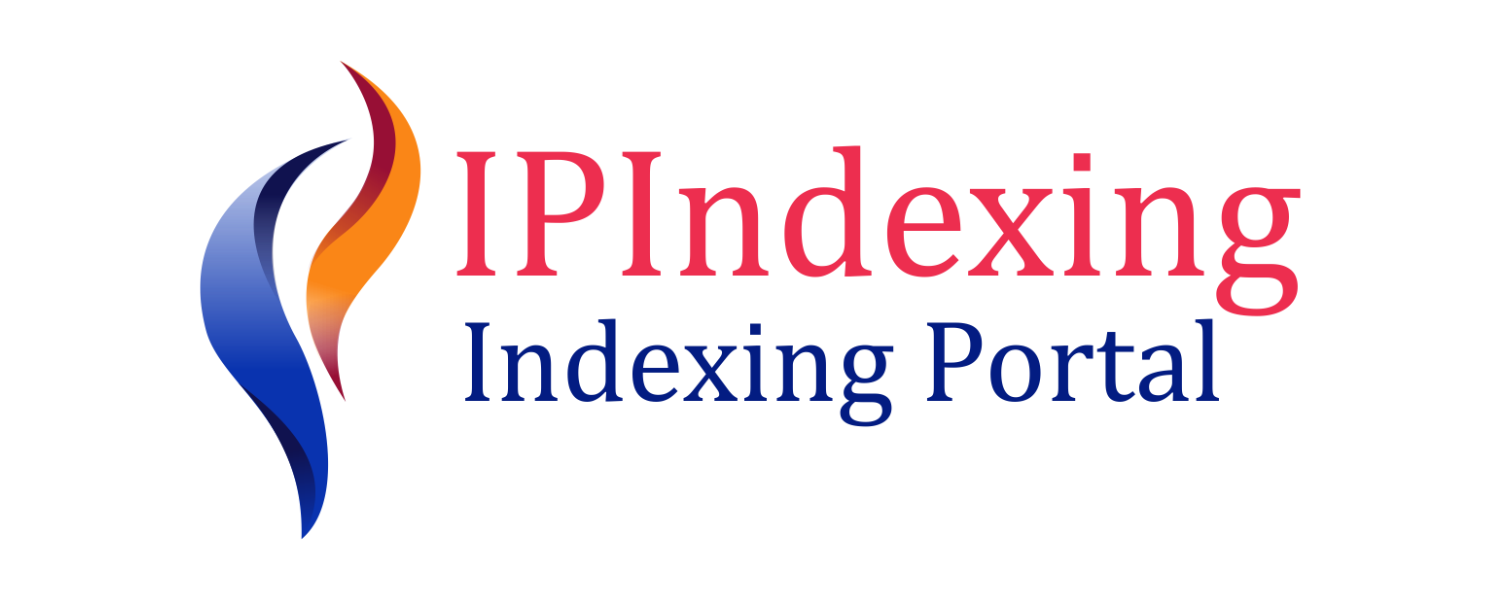


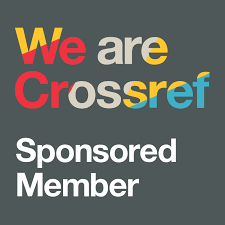







 Instagram
Instagram 